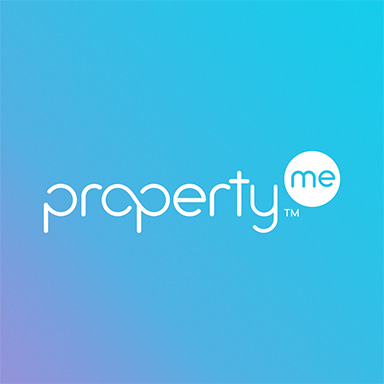Many people who are starting as property managers have high hopes and ambitions (which is fantastic), however, you will face an uphill struggle if you don’t fully understand your current market situation. Gaining insights will not only ensure you are well prepared for the future but it will also ensure your strategy to grow a successful business is second to none. It’s also a good idea to do a market analysis every 6 -12 months, depending on the market, to ensure that you are on top of your game and understand what your current situation is as a business.
Analysing the market that you are working in will give you great insight on factors such as:
- How much other agencies are charging
- What you need to do to make a greater profit on the properties you are managing
- What residential construction is happening in your area and what that means for your business
- What commercial/community construction is occurring (transport developments, schools, shopping centres) in your area and how that will affect your business
So where do you start? We’ve put together some tips on how to tackle a market analysis.
Plan your approach
With lots of things to consider, you need to make sure your approach is planned so you collect data that you need and that is of value to you. Make sure you set goals around what outcomes you want. Divide and conquer your areas of fact-finding so you can focus on each area individually. One way to divide your analysis of your area may be:
- Recent & future residential development analysis
- Recent & future commercial/community development analysis
- Demand analysis (research into what features your competitors are offering that are similar to what you will offer e.g. close to schools, amenities etc.)
- Supply analysis (what is available on the market to renters, what they have as minimums, what’s considered ‘extras’, etc. )
Fact Finding
To complete a review that has substantial data, it will take time and patience. Once you break up the areas and goals for the analysis, you can begin the fact find and start collating specific data such as:
- Renter profiles (occupation, age, families, singles etc.)
- The average vacant rate for your area
- Freestanding houses vs apartments
- Days on market per property/unit
- Rent averages specific to types of home
- New vs established homes in your area
Depending on what your goals are, your questions that need answering may be different. Listing what exact questions you need to be answered is a great way to see what you need in one place.
Comparing Rent
Doing direct comparisons between the properties you have listed to your competitors will allow you to determine what you should be spending on and what you should be charging. If your competitors are offering higher rent for properties that have had a fresh coat of paint or newer appliances, it may be a good idea for you to do minor improvements to your properties so you can have comparable rental income.
Marketing Strategy
Taking a look at how your competitors are looking in the marketplace is important to ensure you know how they are presenting themselves and their properties. Some things to look at:
- What are your competitors doing to market their rentals? Are they using online portals, letter drops etc?
- Are competitors photos of properties professional? On average how many pictures do they have per home?
- What are your competitors advertising messages? Do they promise anything that you do not?
- What colours are other agencies using in their logos? Do they look professional? Do your company colours and logo stand out?
Language analysis within the market is key to ensure you are promoting the right features in your property ads. Are other ads pointing out:
- architecture
- site orientation (eg. north facing)
- proximity to schools
- public transport
By looking into what’s currently out there can also inspire you to think outside the box. Are any of your properties close to historically significant areas?
Check out the properties that have rented quickly and see if there is anything that they have done differently.


